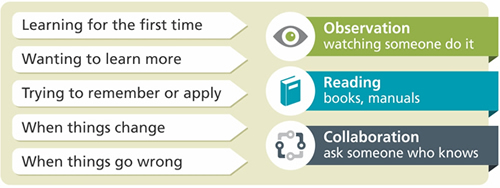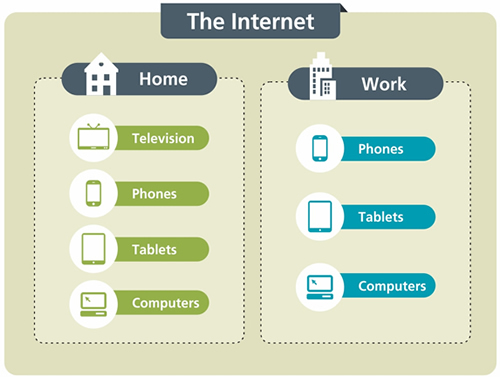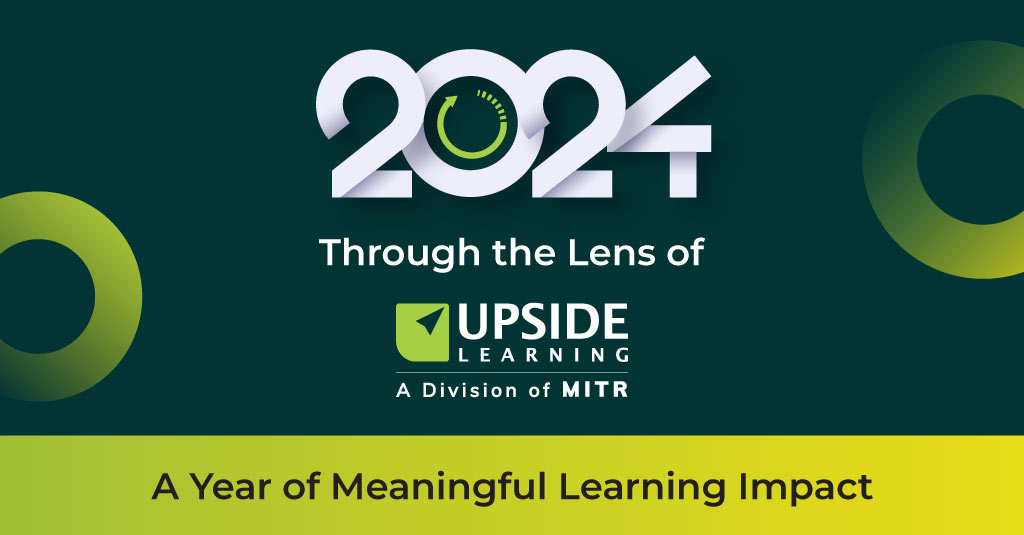Over the years we have accepted and moved beyond (not away) from the old concept that learning is best delivered and ‘learned’ formally.
The advent of technology accelerated this and brought in new mediums and opportunities for the delivery of learning. To embrace and use new technology we have changed the form of learning materials; adopting and tweaking them to make them compatible, engaging and appropriate to the new mediums. With a plethora of learning forms, styles and mediums before us, we have tried to bring some sense, order and even structure to these new environments. To do this we have created a bewildering array of learning terminology – ‘formal, informal, collaborative, social and ubiquitous’ to name but a few (someone needs to compile a dictionary of learning terminology!) to define, bring order and sense to the rapid change we are experiencing in everything we do.
But let’s pause and rewind a bit: quite a way actually.
We learn everywhere… everyday… in every way. Knowledge is all around us
– Alan Samuel.
Consider our religious books; our folklore mythology and history, all the wisdom of our ancestors handed down over the generations. We know for a fact that they originated as ‘stories’ – told and retold, handed down from family to family, community to community and generation to generation. So they existed – in today’s terms – ‘informally’? And so did all the knowledge handed down, from cookery recipes, farming methodologies, medicinal cures and scandals and gossip! Ergo, all learning existed and was imbibed informally, primarily through stories, by observation, by listening and by doing. And our forefathers learnt as they went along, anywhere, everywhere and probably all the time. Are we any different? Then we wrote things down. And brought change!
The written word brought books, captured, spread and authenticated knowledge and made it easy to hand down. Books spawned libraries, classrooms, teachers, pupils and trainers and learners. Learning became formal – and was put into an environment. A box… and labelled. Did story telling stop? No! Were stories still handed down? Yes! Do we still learn from them? Yes!
So learning became more formal, structured and regulated. Not a bad thing in itself and while we have all benefited from a formal education, we also continue to learn informally, by osmosis, picking up things as we go along, consciously and unconsciously, never really stopping. Recognition of these parallel processes of learning has made us think about how we can nurture the informal.
Recognition of the power and influence of what the unstructured, the informal, can deliver has prompted us to create opportunities and environments to facilitate the ‘process’ – almost ‘formalising’ informal learning – by bringing together the sharing of ideas, thoughts and experiences, not through structure, but by making it an intrinsic part of formal learning.
As Clark Quinn1 says in his blog: “In the process of facilitating, you may find opportunities to add value by taking some information and formalising it, e.g. building a job aid around some information generated by users, or providing some guidelines about capturing videos, but I don’t think of that as wrapping structure around informal learning so much as transferring information.”
Models like the much debated 70:20:10 recognise that learning takes place in a variety of places, times and forms and recommends that we incorporate all these elements into our learning to deliver greater benefit.
CUE: ‘PERVASIVE LEARNING’

‘Pervasive learning’ is a phrase that encapsulates every term, label, model and jargon we have so cleverly and carelessly assembled. But it is not very often associated with learning. Its premise is that we are surrounded by learning and learning opportunities and there is learning in everything we see, do and hear (and taste and smell!). It doesn’t say it needs to be formal or informal or any other type of learning but merely that it occurs very often at that (again much mentioned) point of need. So what do people think or say about it?
Dan Pontefract2 defines pervasive learning as “learning at the speed of need through formal, informal and social learning modalities”
KSU3 states: “This term refers to ubiquitous (‘ubi”) learning and m-learning (“mobile learning”). This suggests that learning must happen anytime anywhere at any time there is a need”
Let’s therefore consider Conrad Gottfredson’s ‘five moments of need’ in the context of pervasive learning. And think about the sources of information we could turn to, to satisfy each moment of need. In the table above I have tried to identify the sources of resolution we would typically turn to, when faced with these moments and, while this is a generalisation, it also seems quite
logical.
Now let’s look at the pervasive learning environment as a source of these elements and how do we ensure (facilitate?) the provision and access to information, resources and people to help us meet these needs?
Enter ‘technology’. More change! And then came the internet and multiplied this change by a million times (and more)!
As the written word and books gave us a means of capturing, recording and delivering learning, so the technology revolution has taken learning and accelerated and magnified it so rapidly and exponentially that we now have at our disposal some of the most powerful influencers and facilitators of learning there have ever been!Technology today, like learning is ‘pervasive’. It is everywhere. I am not even going to attempt to list all the different forms that technology takes. But let’s look at two environments – the home and the work place – and consider the key technologies that have the largest influence on our lives and their effect on our ‘learning’.
Significantly, the omnipresent internet is the one technology that has the most ‘pervasive’ influence on our lives and is the font for all information.
Most other technologies enable us to access this information when we want, often in the form we want and increasingly wherever we are. If we go back to the sources of resolution we typically turn to (in the previous table) and add the magic of technology, we can see how technology can multiply the effectiveness of these sources. We create our environments but we learn from them.
HARNESSING PERVASIVE LEARNING

OK, so we are calling it formal, informal and a myriad of other labels, but pervasive learning is already alive and kicking in the work place. Some of it may have been part of a 70:20:10 initiative; some via collaborative and social media platforms and a lot of it over coffees and lunch. But the ‘enterprise’ has recognised the power and influence of facilitating continuous learning.
L&D teams across organisations are striving to create learning-conducive environments to tap into the wealth of knowledge, experience and intellectual capital walking around on two feet in its corridors, and to capture, record, disseminate and use this knowledge to organisational and individual benefit.
“You don’t learn to walk by following rules. You learn by doing, and by falling over.” Richard Branson
The mobility of technology means we walk around with the ability to access and pull up information at the click of a mouse or swipe of a screen at every moment of Gottfredson’s five moments of need, thus making learning contiguous, continuous and pervasive!
So, ‘what did you learn today’? From looking around…listening…trying something new? And are you reading this on your phone… a tablet? Look at the learning around you and I bet you can see at least five different things you could learn something from! Call it what you will, the fact is that we keep learning!
1. Clark Quinn (http://blog.learnlets.com/?p=1462)
2. Dan Pontefract, author of Flat Army: Creating a Connected and Engaged Organisation. Published by Wiley, 2013
3. Kansas State University – eLearning faculty

















